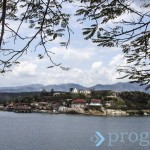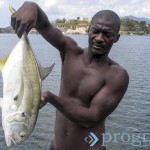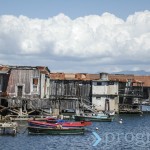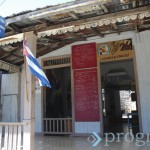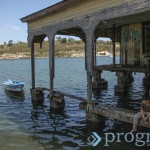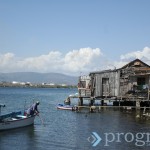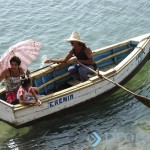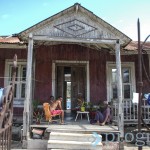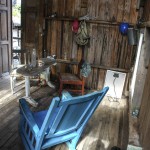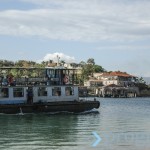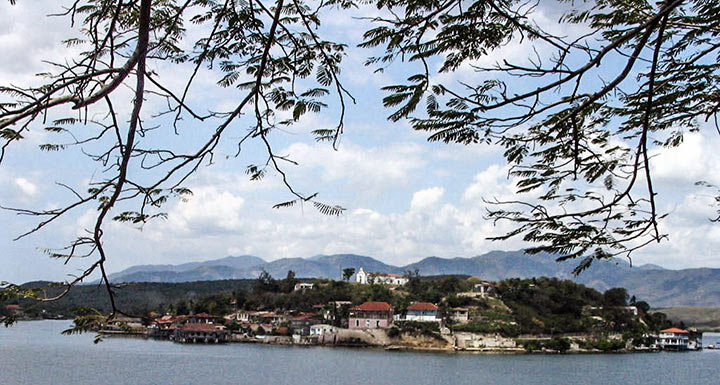
Through the Granma Key arteries
At the entrance to the bay of Santiago de Cuba, on the Caribbean Sea, lies Granma Key, a landmass about 2,000 square meters inhabited by a community that basically consists of fishermen.
The Key, which can be reached only over water, was first called Smith, the surname of the first person to christen the site. The small town — with no streets but paths, with no cemeteries, and about 120 buildings, among them a school, a church, a post office, a clinic, a grocery store and a cultural center — can be toured in little more than an hour.
Outsiders coming for a brief visit arrive regularly on the public flatboat that operates daily as a ferry between Ciudad Mar and the Key.
A traveler will get the impression that he was in a place of beautiful landscapes and imposing buildings but without amusements, a place frozen in time by its peacefulness.
Granma Key is one of those mystic places that, with sea breezes and tropical heat, fills your soul as you travel its deep arteries. You will not be surprised by the tales of French and English corsairs and pirates who came to this land in the 16th Century, or Mambí and rebel fighters who gathered in this region.
You will savor the Key’s culinary arts, based on fish and seafood, such as the crab soup and the deep-fried manjúa, a finger-size fish. In addition to the lovely scenery, you will remember the wooden homes built in U.S. 19th-Century style. And you’ll share the particular experience of the Key’s dwellers of being completely surrounded by water.

